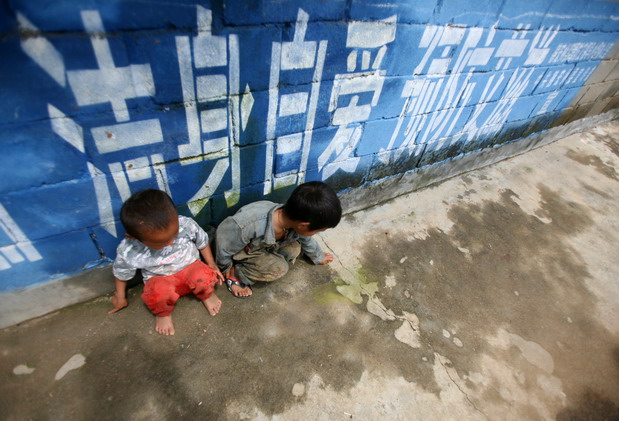
“Take good care of ourselves; prevent AIDS,” reads the slogan on the wall.
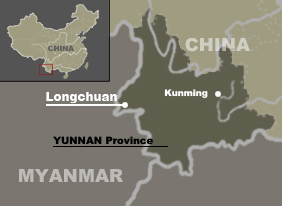 Unmarked tombs scatter the mountainside behind Mangbing village; buried there are local drug users who died from AIDS. Considered "unnatural deaths", they were denied burial in their family cemeteries, and the epitaphs have been left deliberately blank.
Unmarked tombs scatter the mountainside behind Mangbing village; buried there are local drug users who died from AIDS. Considered "unnatural deaths", they were denied burial in their family cemeteries, and the epitaphs have been left deliberately blank.
Longchuan, the county where Mangbing is located, has witnessed altogether 676 such deaths since the first case became public in 1989. Lying on the border of China and Myanmar, it has been the most important channel for drugs smuggled via the Golden Triangle to China, and the most drug-flooded area in the country.
With large fields of poppy flowers thriving on the other side of border, opium has been a household medicine since late Qing dynasty. Despite two government-backed drug wars in the 1950s and 1960s which had virtually wiped out drug use in China, it re-emerged in the mid-1980s and became a symbol of success - like cars and western-style houses - for Longchuan locals. Official statistics suggested a total of 11,491 drug users made up the 170,000 residents in June, 2007.
To protect AIDS patients' privacy, the local disease control center only provides their names to doctors in local infirmaries. On a monthly salary of 120 yuan, over 300 such doctors are now working in the 214 AIDS-stricken villages in Longchuan.
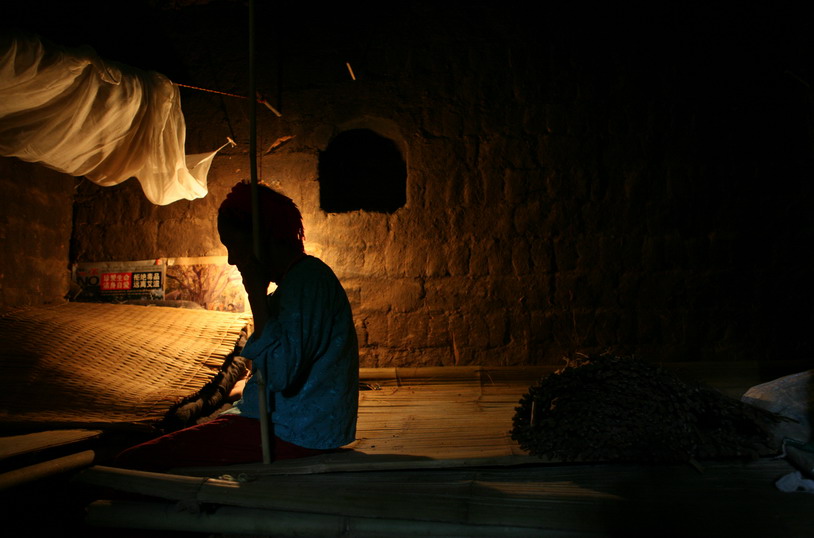
Drug abuse claimed the life of this elderly resident's only son.
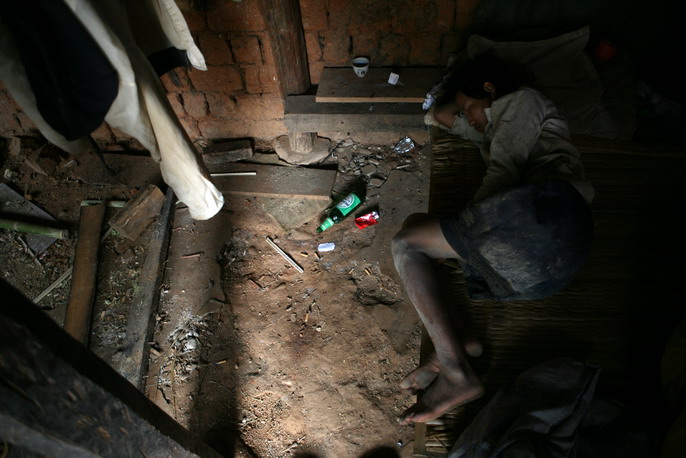
The home of a former drug user.
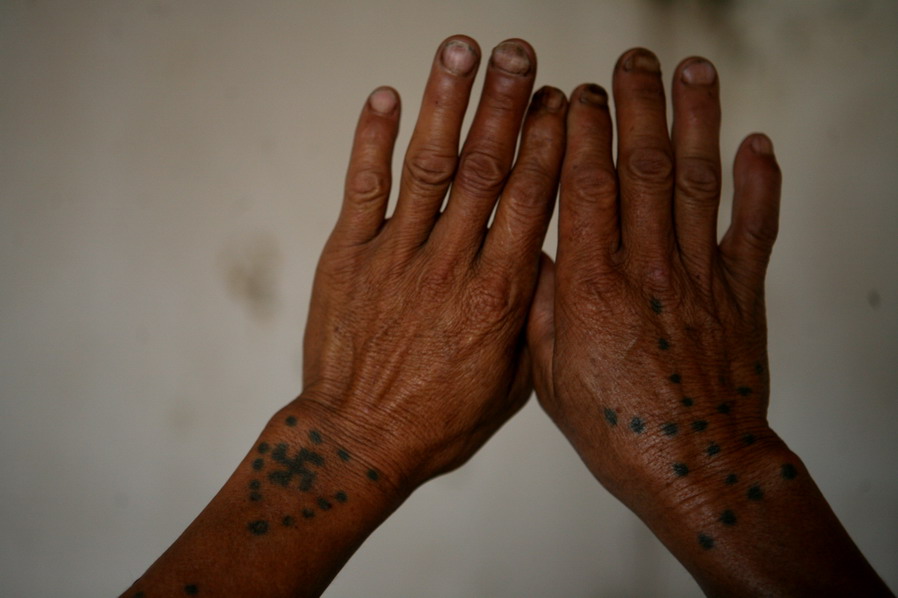
A former drug addict’s hands are inscribed with painful memories
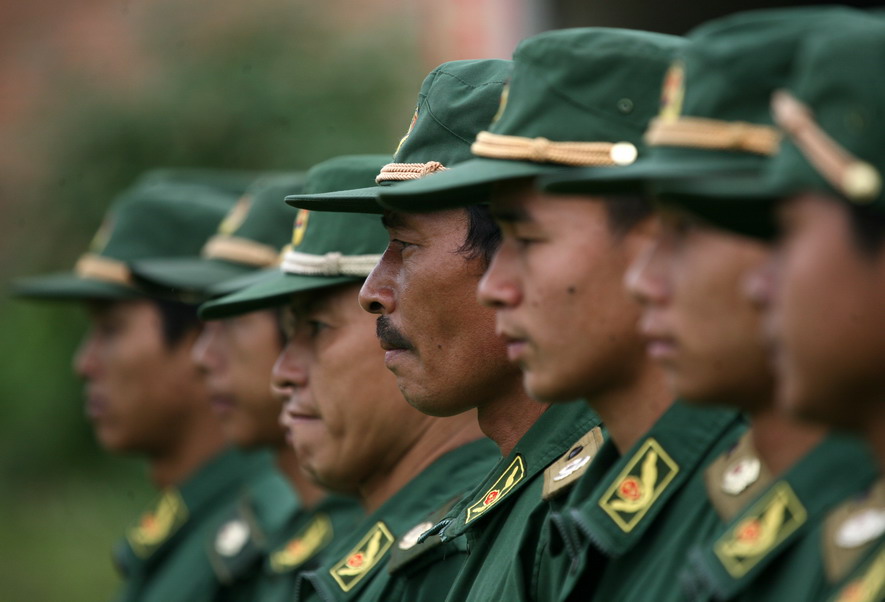
The local army has received counter-drug-trafficking training.
- “挥不去的中铁影子”中铁建A股有意高价发行 | 2008-02-27
- Central Dossier Adds to Agriculture Reform Crescendo | 2008-02-26
- 37亿元占用资金问题解决 S三九或于三月底启动股改 | 2008-02-25
- Abide by the WTO | 2008-02-25
- 灾后回看:斩钉截铁 VS略有微词 | 2008-02-25












